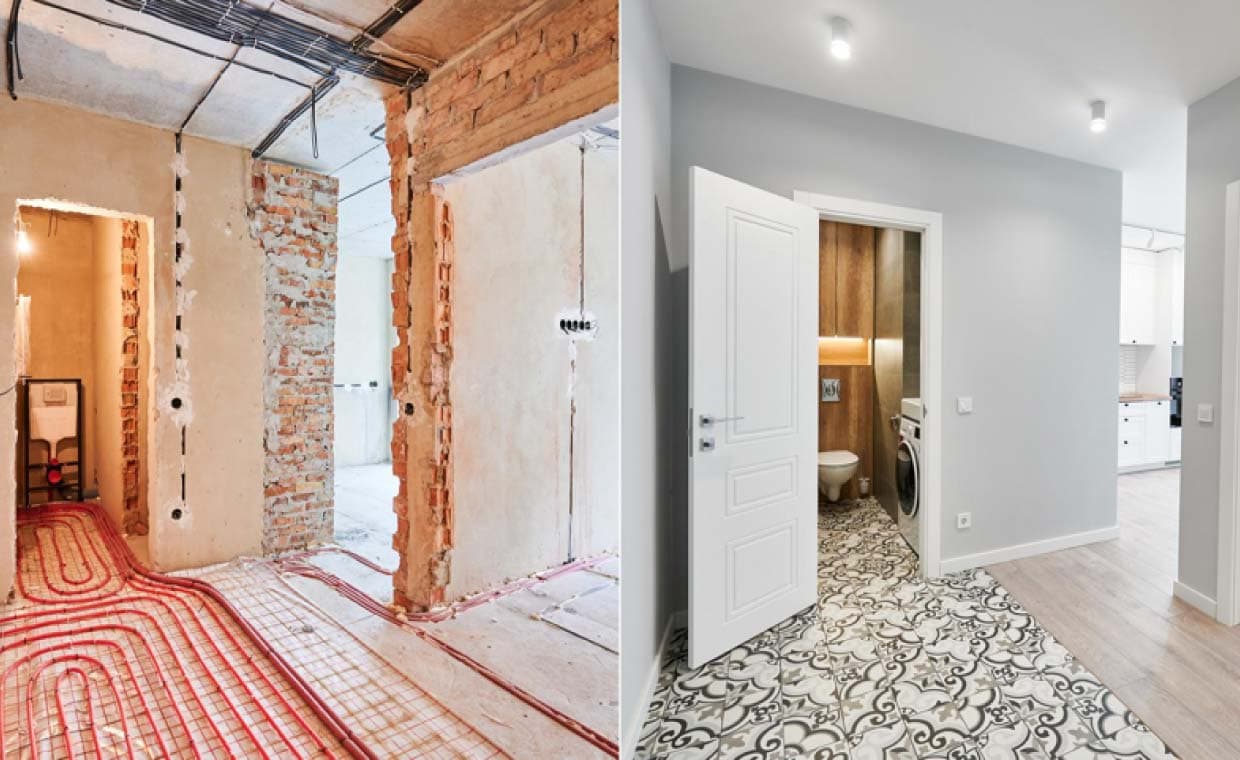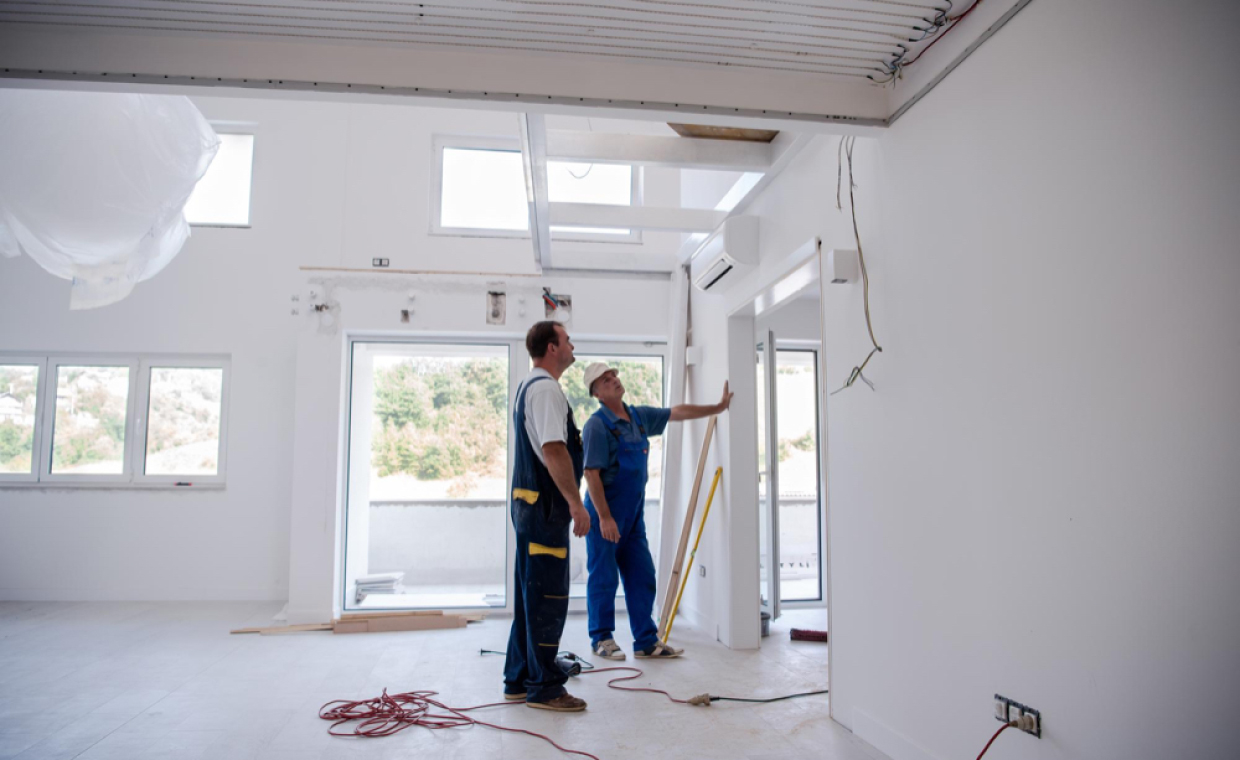
Table of Contents
Embarking on a construction remodeling project can be an exciting journey, but it also comes with its fair share of challenges. From budget overruns to design flaws, several common mistakes can derail your project and cause unnecessary stress. By being aware of these pitfalls and taking proactive steps to avoid them, you can ensure a smoother remodeling experience and achieve your desired results.
Construction Remodeling Mistakes
Here are ten common mistakes to avoid in construction remodeling:
01. Failing to Plan Properly

One of the most critical steps in any remodeling project is thorough planning. Failing to plan properly can lead to unforeseen issues, delays, and budget overruns. Take the time to create a detailed plan that outlines your goals, budget, timeline, and specific tasks. This plan will serve as a roadmap for your project and help you stay organized and focused.
02. Setting an Unrealistic Budget

Setting an unrealistic budget is a common mistake that can lead to financial strain and incomplete projects. It’s essential to research costs thoroughly and set a budget that reflects the true scope of your project. Factor in all expenses, including materials, labor, permits, and contingencies. Remember to allocate a contingency fund (typically 10-15% of your budget) to cover unexpected costs.
03. Ignoring Building Codes and Permits

Ignoring building codes and permits can result in fines, delays, and potential safety hazards. Before starting your remodeling project, ensure that you understand the local building codes and obtain the necessary permits. Working with a knowledgeable contractor can help you navigate these requirements and ensure compliance with regulations.
04. Hiring the Wrong Contractor

Hiring the wrong contractor can be a costly mistake that impacts the quality and timeline of your project. Take the time to research and vet potential contractors thoroughly. Look for experience, credentials, references, and reviews. Interview multiple contractors and ask detailed questions about their approach, timeline, and previous projects. A reputable contractor will provide a detailed contract outlining the scope of work, timeline, and payment schedule.
05. Overlooking Functionality

Focusing solely on aesthetics and overlooking functionality can lead to a beautiful but impractical space. Consider how the remodeled area will be used and ensure that the design enhances functionality and flow. Think about storage, accessibility, lighting, and ease of use. A well-designed space should be both visually appealing and practical for everyday use.
06. Skimping on Quality Materials

Cutting corners on materials to save costs can backfire in the long run. Low-quality materials may lead to frequent repairs, maintenance issues, and a shorter lifespan. Invest in high-quality materials that offer durability and long-term value. While this may increase upfront costs, it will save you money and headaches in the future.
07. Changing the Project Scope Midway

Frequently changing the project scope midway can lead to delays, increased costs, and frustration. While some adjustments may be necessary, try to finalize your plan before construction begins. Any changes should be carefully considered and discussed with your contractor to assess the impact on the timeline and budget.
08. Neglecting to Communicate

Effective communication is crucial for a successful remodeling project. Neglecting to communicate with your contractor, designers, and other stakeholders can lead to misunderstandings and mistakes. Maintain open lines of communication throughout the project and address any concerns or questions promptly. Regular check-ins and progress updates will help ensure that everyone is on the same page.
09. Overlooking Energy Efficiency

Overlooking energy efficiency can result in higher utility bills and a less environmentally friendly home. Incorporate energy-efficient features into your residential remodeling project, such as energy-efficient windows, insulation, appliances, and lighting. These upgrades not only reduce energy consumption but also enhance the comfort and value of your home.
10. Forgetting the Final Inspection

Neglecting the final inspection can leave you with unresolved issues and potential safety hazards. Schedule a final inspection with your contractor to review the completed work and ensure that everything meets your expectations and building codes. Address any deficiencies or concerns before making the final payment. A thorough inspection ensures that your remodel is complete and safe for occupancy.
Conclusion
Avoiding common mistakes in construction remodeling requires careful planning, attention to detail, and proactive communication. By being aware of these pitfalls and taking steps to prevent them, you can ensure a smoother and more successful remodeling experience. Whether you’re updating a single room or undertaking a whole-house renovation, these tips will help you achieve your remodeling goals and create a beautiful, functional, and valuable space. Transform your dwelling space with expert preservation services from NYCrestoration.com, in which pleasant craftsmanship meets innovation in every project. Happy transforming!
Also Read: Here’s an A-Z Guide on Renovating Your Home






























